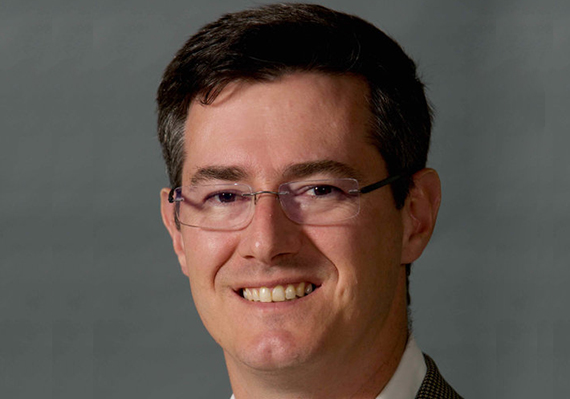Date/Time
Date(s) - 09/30/2019
9:35 am - 10:25 am
Location
New Engineering Building – Room 201
Categories No Categories
Daniel Shantz, Ph.D.
Professor and Department Chair
The Entergy Chair in Clean Energy Engineering
Tulane University
“Designing composition and local structure in zeolites: teaching old catalysts new tricks”
Abstract:
Zeolites are a technologically important class of materials used in applications including fuel production, gas separations, and ion-exchange processes. As such, zeolites are a somewhat mature, albeit societally important class of materials. After a brief overview of zeolite properties relevant to the presented work, this seminar will provide examples of how controlling local structure and composition can be used to improve the performance of zeolites in existing technologies as well as pushing them into new spaces. The first part of the talk will discuss the lab’s efforts in iron-containing zeolites. I will show how controlling the mesostructure of a zeolite was essential to realizing substantive improvements in the catalytic oxidation of benzene to phenol. In the best cases phenol yields of 23% with a TON of 82 was observed, making this the best zeolite catalyst reported to date for this reaction. I will follow up these results with a discussion of using iron zeolites to convert methane to methanol using hydrogen peroxide. Here, the key was the presence of framework trivalent atoms in addition to the iron. I will discuss how acid site strength and density can be used to control the activity of the zeolite as well as the product slate observed.
The second part of my talk will describe our investigations of zeolite SSZ-39, a potential next-generation material for selective catalytic reduction (SCR) of nitrogen oxides in diesel truck emissions. The key observation is that by varying the isomer of the structure directing agent used to make the zeolite we can influence both the kinetics of zeolite crystallization as well as the composition of the final product. More interestingly, we observe that samples made with different isomer ratios have different metal uptake and ultimately SCR behavior. We propose a possible explanation for this phenomenon.
Bio:
A native of Muskegon Michigan, Dan obtained his B.S. (ChE, 1995) from the University of Florida and Ph.D. (ChE, 2000) from the University of Delaware. Dan was an Alexander von Humboldt Postdoctoral Fellow for 18 months following his Ph.D. Dan then joined the Chemical Engineering Department at Texas A&M in 2001, starting as an assistant professor and ultimately holding the Ray Nesbitt Professorship and the rank of full professor. In 2012 Dan joined SABIC (Saudi Basic Industries), first as a Chief Scientist and then as a Senior Manager in SABIC’s Corporate Research and Innovation Future Feedstocks group playing a leadership role in the inception, technical formulation, and growth of the group. Dan joined the Department of Chemical and Biomolecular Engineering at Tulane in July 2014 as the Entergy Chair in Clean Energy Engineering, and became the Chair of the Department in August of 2018. Dan’s lab is internationally recognized for its work in zeolite nucleation, biomimetic materials, and hybrid materials for catalysis and separations.

